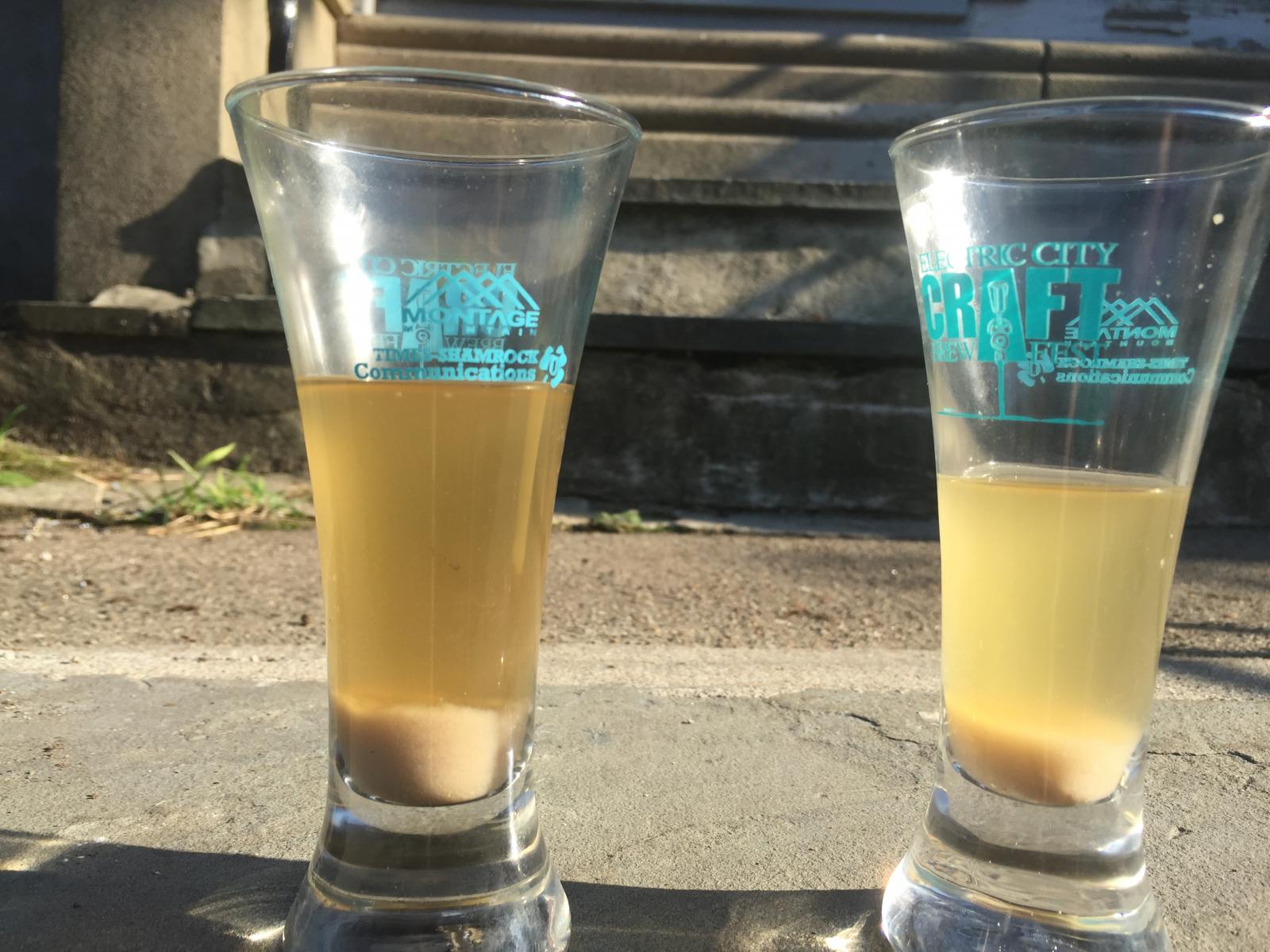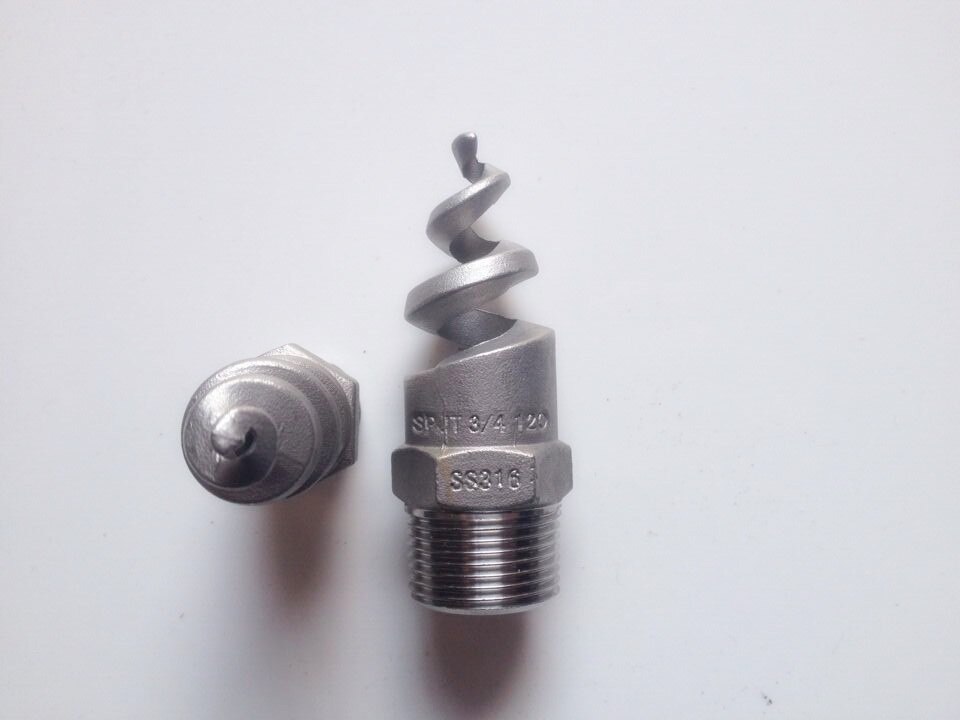Never written all this out before, but I'll give it a try. And know that this stuff isn't set in stone. I'm still learning things with each brew day and making changes. Here's what it is as it stands today.
Here are the specifics of my system:
eBIAB with recirculating mash
62 quart Bayou Classic
MK II pump
Brau Supply 120 v controller (PID)
2x1500 watt elements, one mounted to the kettle, second is a Hot Rod from @Bobby_M
Mash cap made from very large stainless steel cake pan and a bulkhead + tee in the middle
Loc line wort return under mash cap
Plate Chiller, stainless steel brazed with copper
DO Meter:
Dont have one and I acknowledge the fact that Im completely flying blind until I get one. At this point Im simply taking the steps that I know will reduce DO. A meter will be handy when I get to the point where Ive done everything that I feel is feasible, and if I think my beer still isnt where it should be then Ill buy one to trouble shoot the leaks in my process.
Oxygen Scavenging:
Bakers yeast and dextrose at a dosage rate of 1.6 g/gal and 0.8 g/gal, respectively. Turn on the pump to circulate water and remove air pockets from the system. Allow it to sit for between 45 minutes and 2 hours, depending on what I have going on at the time. Dose with SMB at the end of that time, before ramping up the temp. Im still trying to figure out how much SMB to use. Was using 100 mg/L because of some misinformation in the PDF that was published, but that was producing some very sulfury beers. Dialed it back down to 25 mg/L the last brew day. No sulfur on the nose, but that might be too low because preliminary results look like the beer came out darker than last time. Will probably go up to 30 mg/L next go round.
WORT PRODUCTION
Milling:
I condition the grain with 1-2% water by weight. I have been adding a pinch of SMB to the conditioning water, but I dont know that this is necessary. Milling is done as close to dough in as is feasible.
Mash:
I keep hoses as short as possible and use clamps on all my QD to hose barb connections to make sure no oxygen is leaking in. Instead of underletting, I have been slowly lowering the bag full of grain into the mash water. This could be a source of O2 pick up for me, but having read another DO meter wielding BIABers account of the issue, it shouldnt be. I stir minimally with a 24 whisk, trying not to bring any grains to the surface. After that, I put the mash cap in place, let the mash sit a few minutes, then and fire up the pump.
Boiling:
I simmer. I keep boil off rates at 10% or less of initial volume. This is easy to do with an electric system and a controller. For a typical 6 gallon batch I will set the PID to 30% with the other element at 100%, directly plugged into the outlet.
Chiller:
Per the German Brewing folks, the copper in my chiller isnt ideal. Supposedly there are some super-duper oxidizers found in the oxide layer on copper and aluminum. At this point Im not convinced that the little amount of copper used to braze those stainless steel plates together is doing much. Even though I can see the little copper lines on the exterior, I couldnt tell you if theres any exposed copper on the inside of this thing. I do have a 50 SS immersion chiller I could be using, but given the ratio of my kettle, it wouldnt be fully submerged and theres no doubt it would take longer to chill, exposing the wort to more oxygen in the meantime.
FERMENTATION/PACKAGING
Still working on this one. Currently I use a SS Brewtech Brew Bucket and I do a quasi-gravity feed to the keg. I say quasi because I elevate it, connect the hose to the outlet valve, connect that to the liquid out, remove the air lock and replace it with a CO2 supply hose to backfill the vapor space as it empties. This works OK, but I have a problem keeping the rubber stopper in place for the CO2. Ive recently bought several more kegs to use as fermentation vessels. In the future the plan will be to ferment under pressure in them and use CO2 to push the finished beer to the serving keg.
Ive been force carbing (though I did naturally carbonate one lager using the final few gravity points) even though it appears that theres enough oxygen in the CO2 most of us use to cause some amount of oxidation. I need to figure this part out. Right now the front runner it to let fermentation ride out and then transfer to a serving keg where I can add priming sugar. Because I like to enter my beers into competitions, this would also give me a chance to bottle a few off the primed keg and let them bottle condition.
I guess I also need to mention my keg purging process. Follow this link so I dont have to type it all out again 
https://www.homebrewtalk.com/showpost.php?p=7691988&postcount=607
Ill edit this post if I think of anything else to add that I do.


![Well-Here-we[1].jpg Well-Here-we[1].jpg](https://cdn.homebrewtalk.com/data/attach/316/316198-Well-Here-we-1-.jpg)


